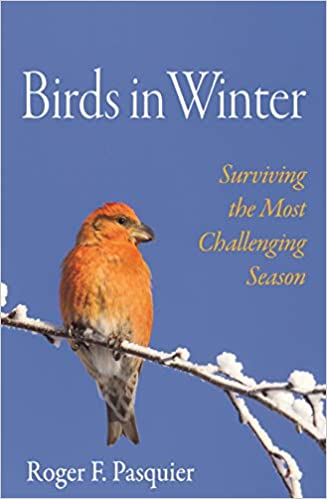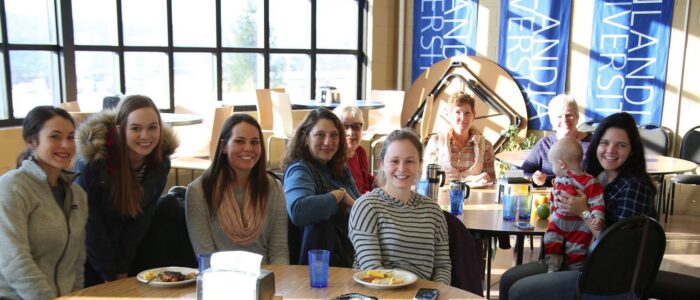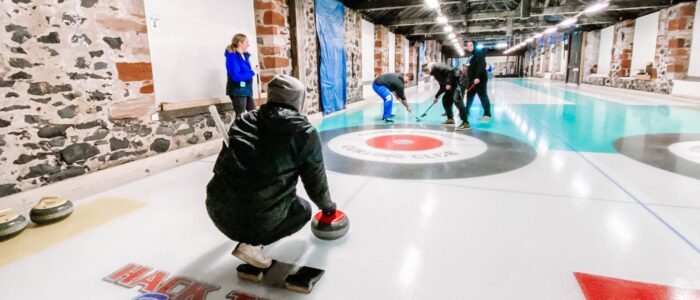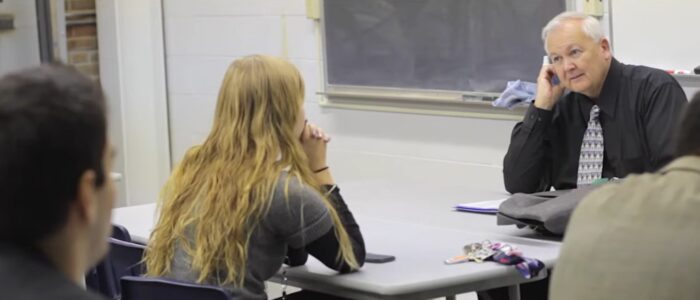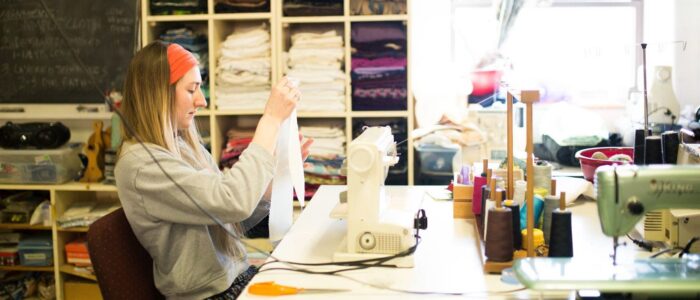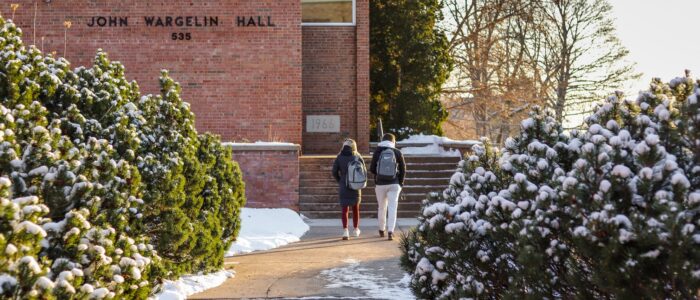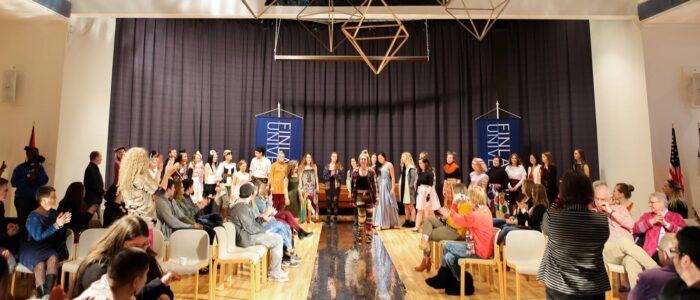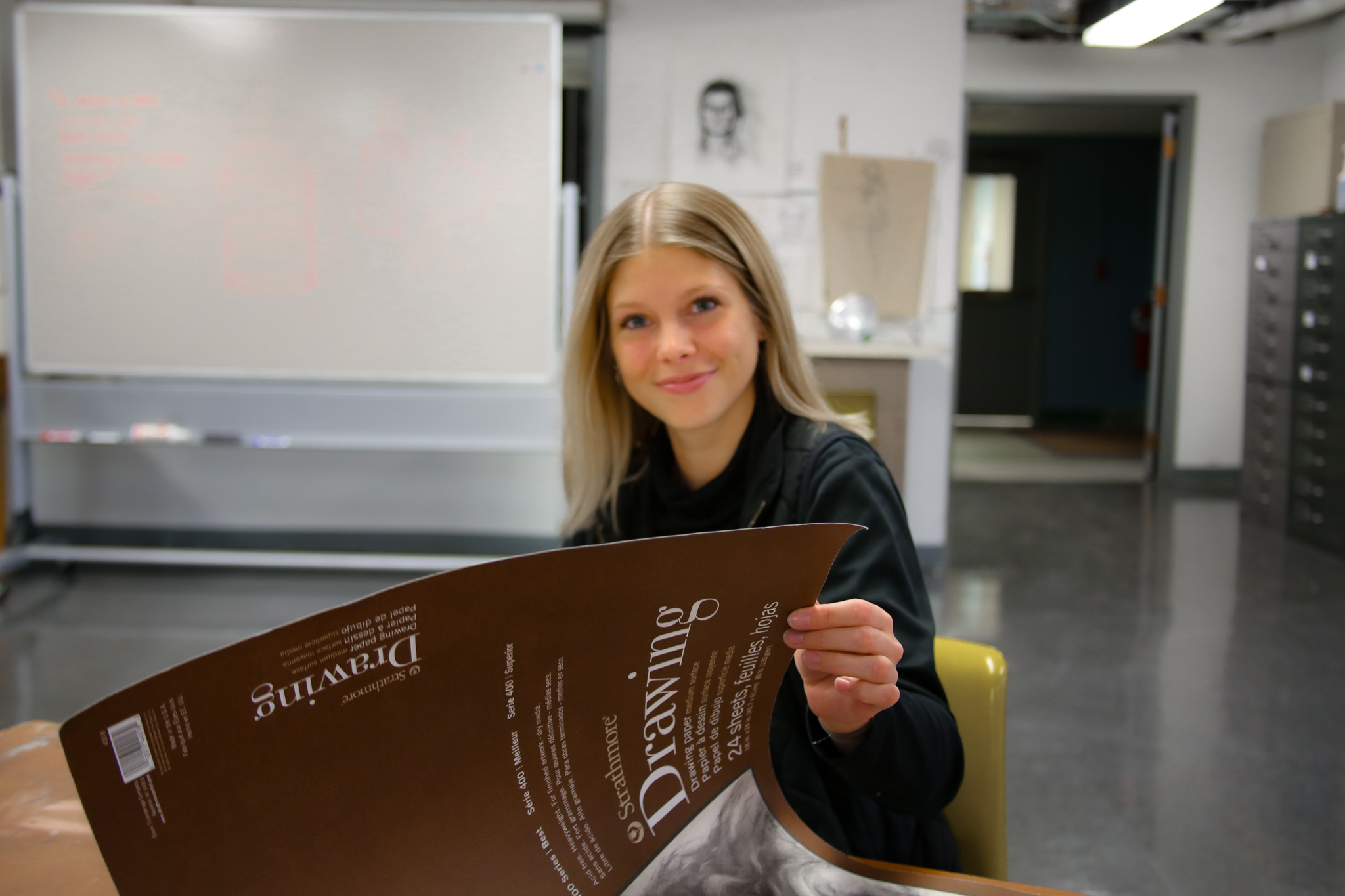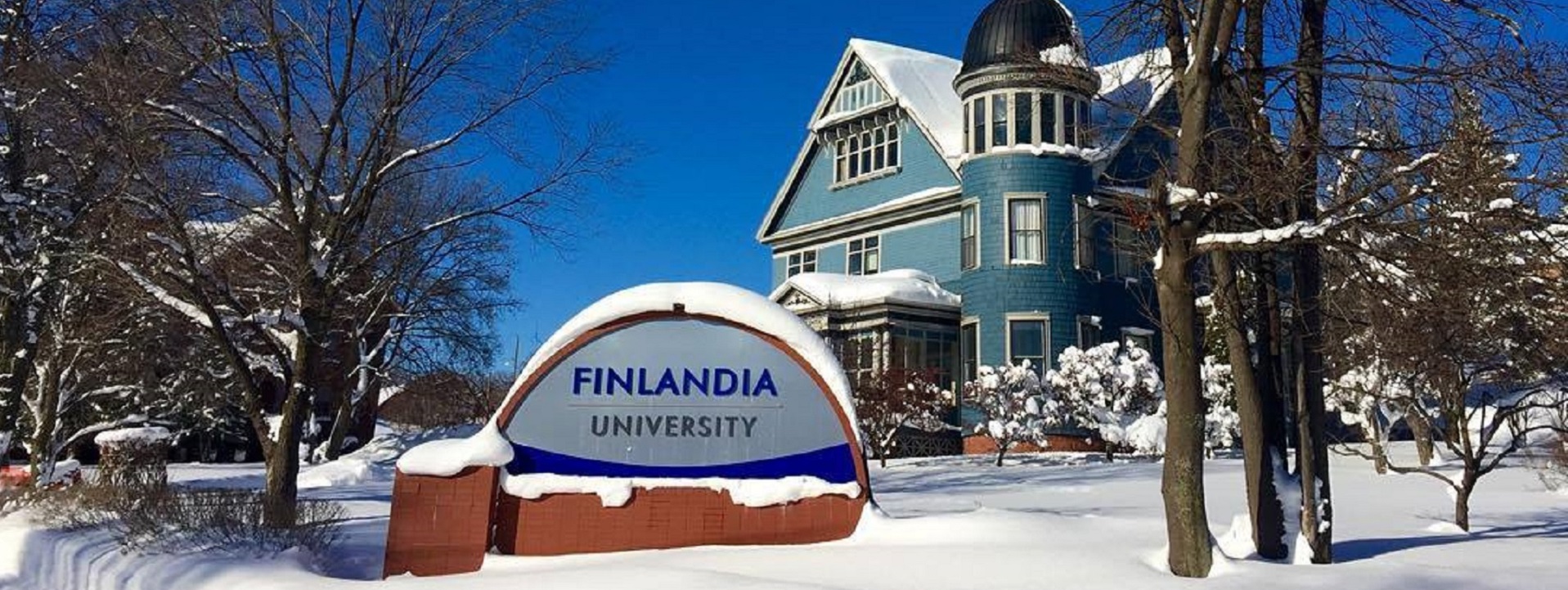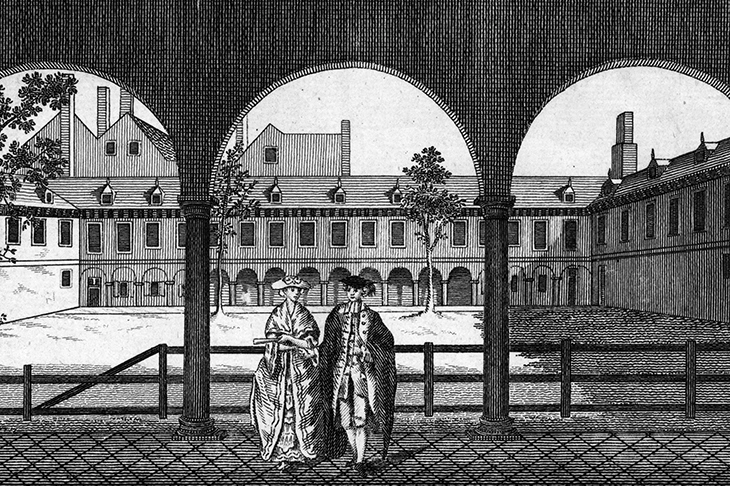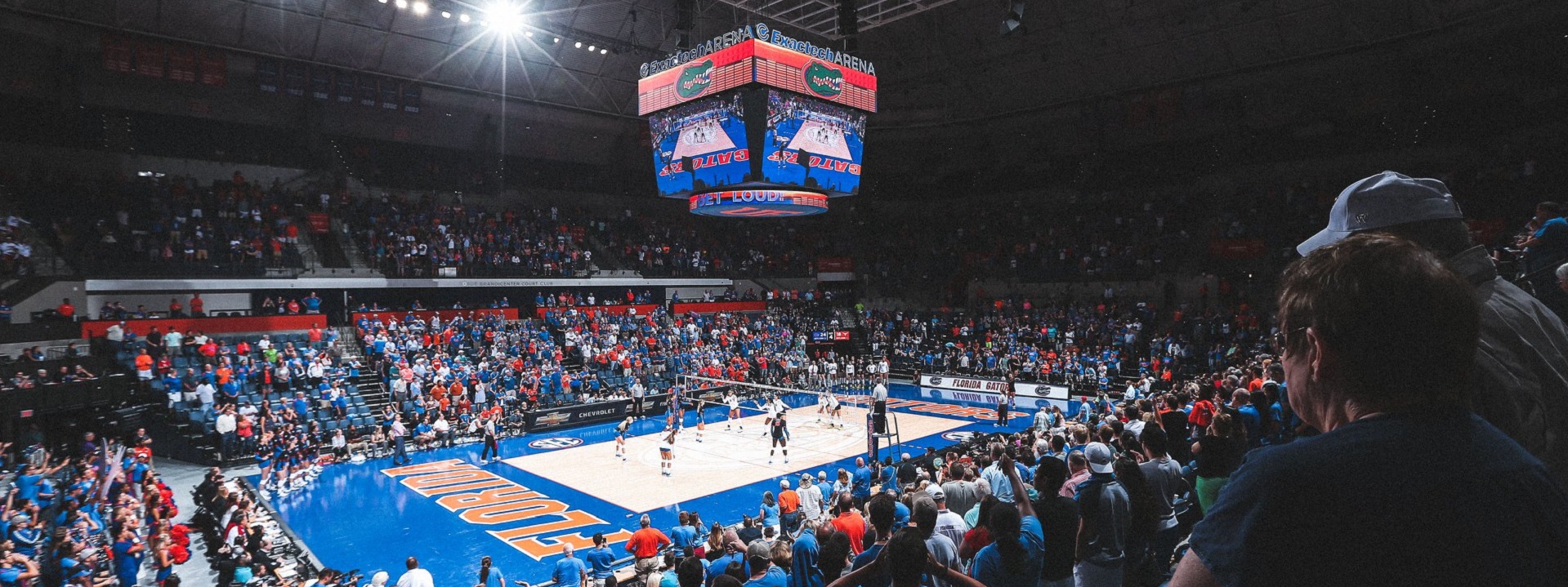Barbering & Cosmetology Academies
- Home Page 116

Birds in Winter
Standards New Jersey | Princeton University Endowment 2024 $34.1B
Blue birds huddling together for warmth
pic.twitter.com/t0SEG4CZhs— Science girl (@gunsnrosesgirl3) December 27, 2024
“Forty Days and Forty Nights”
当会では、下記記事にご登場の佐藤様がご登壇されるセミナーを開催いたします。
【規格説明会】
2025年03月19日(水) 13:00~17:00
活力ある超高齢社会に向け企業が気を付けるべきポイントと自治体の取り組み~ウェルビーイング社会に向けて~https://t.co/92jKs1Scu7https://t.co/DOM0F4tzHL— 日本規格協会 (@jsainfra) March 4, 2025
Swedish Meat Balls
This content is accessible to paid subscribers. To view it please enter your password below or send mike@standardsmichigan.com a request for subscription details.
Abiit sed non oblitus | Houghton County Michigan
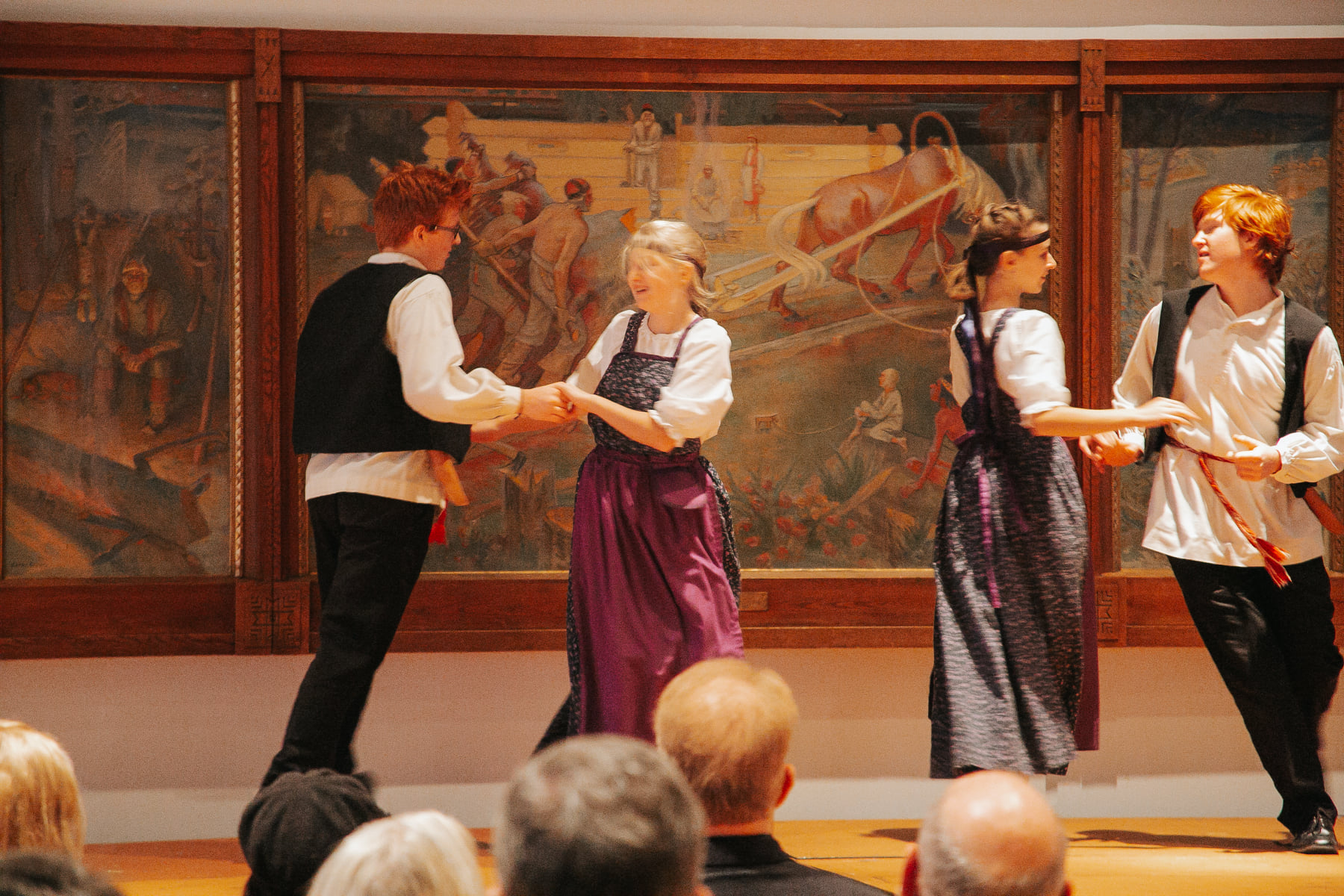
One-hundred-twenty-five years ago, hardy and hard-working Finnish Lutheran immigrants founded a school in Michigan’s Upper Peninsula. Their lives were marked by a gritty quality captured in the Finnish term, sisu – grit and perseverance in the face of adversity. Citing financial difficulties related to demographic changes, the Board of Trustees announced that the Class of 2023 was Finlandia’s final graduating class.
“The Board of Trustees and University President Timothy Pinnow stated the extremely difficult decision is the result of an intensive analysis of Finlandia’s operations after exploring all potentially feasible strategic alternatives, including the rigorous search for new partnerships and reorganization of the institution’s finances. With financial challenges impacting liberal arts colleges throughout the country, Finlandia is no exception….
The combination of demographic changes, with fewer high school graduates available, a steep decrease in interest in going to college among those graduates, a dwindling endowment, and an unbearable debt load have made Finlandia no longer viable…
…Finlandia University has finalized eight Teach-Out Agreements with Adrian College, Bay College, Michigan Technological University, Northeast Wisconsin Technical College, Northern Michigan University, University of Dubuque, Waldorf University, and Wartburg College. Several non-partnering institutions have also made commitments to supporting FinnU students in incredible ways…”
Board of Trustees vote to dissolve University wind up affairs in orderly manner
Last year, Finlandia University awarded over 3 million dollars to dreamers, achievers and future entrepreneurs. See if you qualify for Finlandia’s Rise Together Free Tuition Scholarship by visiting https://t.co/7Mbd7e6iLS pic.twitter.com/09LBPPg8cG
— Finlandia University (@FinlandiaU) February 15, 2023
Finlandia University’s Baccalaureate and Commencement activities for the Class of 2023 are scheduled for Sunday, May 7.
To see the full Spring 2023 Commencement Weekend schedule, visit the link below! 🎓🎓https://t.co/n49yPJoimn pic.twitter.com/aJvRHjarLa
— Finlandia University (@FinlandiaU) April 24, 2023
Join us next Tuesday for the 5th annual #Kalevala reading marathon! Pop in and listen or even read a rune! For more info and to register, fill in this form: https://t.co/LH8Pj4IMjV pic.twitter.com/koBXXBisu9
— Finlandia University Finnish & Nordic Studies (@FinlandiaNordic) February 24, 2023
Jazz Standard “Alfie”
“Alfie” 1966 | Burt Bacharach & Hal David, sung by Daisy@WokingCollege @AndrewShephard
print(“Evensong”)https://t.co/nRaoJGi3E5 pic.twitter.com/uSKZdodfwl— Standards Michigan (@StandardsMich) February 12, 2023
Form and Structure: The song doesn’t follow a standard verse-chorus pop structure. Instead, it’s more through-composed, with a flowing, almost conversational quality that mirrors the introspective lyrics by Hal David. It’s built around a series of melodic phrases that evolve rather than repeat predictably, giving it a cinematic feel suited to the film’s narrative. The AABA form is loosely present, but Bacharach stretches it with irregular phrase lengths and unexpected transitions.
Time Signature and Rhythm: Alfie is in 4/4 time, but Bacharach plays with rhythmic fluidity. The phrasing often feels asymmetrical—some measures stretch to five or six beats’ worth of melody over the 4/4 pulse, creating a sense of suspension. The tempo is moderate, around 60-70 BPM, allowing the vocalist room to linger on notes and emote.
Harmony:Bacharach’s harmonic language is where the technical brilliance shines. The song is in C major but frequently ventures into chromatic territory. It’s loaded with extended chords—think 7ths, 9ths, and 11ths—and passing modulations that keep the ear guessing. For example, the opening line (“What’s it all about, Alfie?”) starts with a simple Cmaj7 but quickly pivots to a G7 with a flat 9, then resolves unpredictably. These shifts create tension and release, mirroring the song’s questioning tone.
Melody: The melody is deceptively simple but fiendishly clever. It spans a wide range (over an octave), with leaps and stepwise motion that demand vocal control. Take the phrase “Is it just for the moment we live?”—it starts low, climbs a major 7th, then descends gracefully. Bacharach avoids repetition, so each line feels like a new thought, pulling the listener deeper into the philosophical musing.
Dynamics and Phrasing: The song ebbs and flows dynamically. It begins softly, almost whispered, then builds to a gentle climax around “Are we meant to take more than we give?” before retreating. Warwick’s delivery—smooth, with a touch of restraint—amplifies this. Bacharach’s conducting ensured the band followed her phrasing, not the other way around, giving it an organic, live feel.
Key Changes and Modulations: While the song stays rooted in C major, Bacharach sprinkles in momentary key shifts. For instance, the bridge (“As sure as I believe there’s a heaven above, Alfie”) flirts with A minor and F major, adding a bittersweet flavor before resolving back home. These subtle modulations keep the music unpredictable, reflecting the uncertainty of the lyrics.
Bacharach famously struggled to get this song right—recording it multiple times before settling on Warwick’s take after 18 tries. His perfectionism paid off: the interplay of technical complexity (those jazzy chords and odd phrase lengths) with musical accessibility (a singable, memorable melody) is what makes Alfie timeless. It’s not just a song; it’s a miniature drama, unfolding note by note.
Maths and Sport
The use of “maths” instead of “math” is a difference in British English compared to American English. In British English, the word “mathematics” is often referred to as “maths,” with the added “s” signifying the plural form. This is consistent with how British English commonly shortens many words by adding an “s” to the end. For example, “physics” becomes “phys, “economics” becomes “econs,” and so on.
In contrast, American English typically shortens “mathematics” to “math” without the additional “s,” following a different pattern of abbreviation.
The reason for these linguistic differences is rooted in the historical development of the English language and regional linguistic variations that have evolved over time. British English and American English have diverged in certain aspects of vocabulary, pronunciation, and grammar, resulting in variations like “maths” and “math.” It’s important to note that neither is inherently correct or incorrect; they are just regional preferences.
|
Gresham College is a higher education institution located in London, UK. It was founded in 1597 under the will of Sir Thomas Gresham, a financier and merchant who left funds for the establishment of a college in the heart of the city. The college’s original aim was to provide free public lectures in a range of subjects, including law, astronomy, geometry, and music. The lectures were intended to be accessible to anyone who was interested in learning, regardless of their background or social status. Over the centuries, Gresham College has remained true to this mission, and today it continues to offer a range of free public lectures and events that are open to all. |
Volleyball Court Lighting
After athletic arena life safety obligations are met (governed legally by NFPA 70, NFPA 101, NFPA 110, the International Building Code and possibly other state adaptations of those consensus documents incorporated by reference into public safety law) business objective standards come into play. The illumination of the competitive venue itself figures heavily into the quality of digital media visual experience and value.
For almost all athletic facilities, the consensus documents of the Illumination Engineering Society[1], the Institute of Electrical and Electronic Engineers[2][3] provide the first principles for life safety. For business purposes, the documents distributed by the National Collegiate Athletic Association inform the standard of care for individual athletic arenas so that swiftly moving media production companies have some consistency in power sources and illumination as they move from site to site. Sometimes concepts to meet both life safety and business objectives merge.
The NCAA is not a consensus standard developer but it does have a suite of recommended practice documents for lighting the venues for typical competition and competition that is televised.
It welcomes feedback from subject matter experts and front line facility managers.
Our own monthly walk-through of athletic and recreation facility codes and standards workgroup meets monthly. See our CALENDAR for the next online Athletics & Recreation facilities; open to everyone.
Issue: [15-138]*
Category: Electrical, Architectural, Arts & Entertainment Facilities, Athletics
Colleagues: Mike Anthony, Jim Harvey, Jack Janveja
92,003 in attendance.@HuskerVB breaks the world record for the largest crowd ever at a women’s sporting event 👏 @espnW | #ThatsaW pic.twitter.com/ChyhUCvaAZ
— ESPN (@espn) August 31, 2023
This may be the rally of the week and we haven't even made it to Friday yet!#NCAAVB #SCtop10
(via @SFA_Volleyball)pic.twitter.com/2h6OvVB1ty— NCAA Women's Volleyball (@NCAAVolleyball) November 2, 2018
[1] Illumination Engineering Handbook
[2] IEEE 3001.9 Recommended Practice for Design of Power Systems for Supplying Lighting Systems for Commercial & Industrial Facilities
[3] IEEE 3006.1 Power System Reliability
* Issue numbering before 2016 dates back to the original University of Michigan codes and standards advocacy enterprise
New update alert! The 2022 update to the Trademark Assignment Dataset is now available online. Find 1.29 million trademark assignments, involving 2.28 million unique trademark properties issued by the USPTO between March 1952 and January 2023: https://t.co/njrDAbSpwB pic.twitter.com/GkAXrHoQ9T
— USPTO (@uspto) July 13, 2023
Standards Michigan Group, LLC
2723 South State Street | Suite 150
Ann Arbor, MI 48104 USA
888-746-3670



